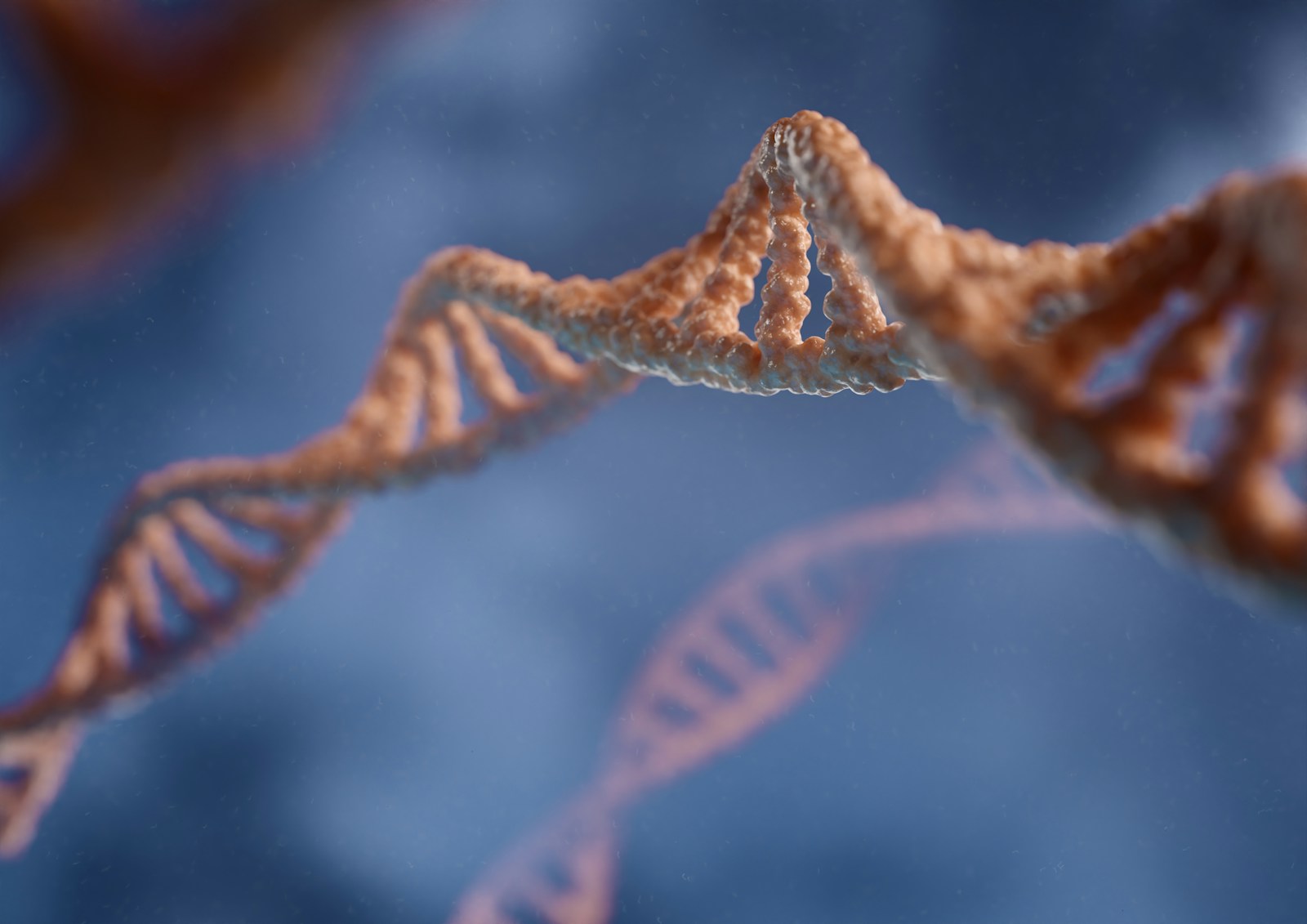Genotoxic is a term used to describe substances or agents that can damage the genetic material within a cell, leading to mutations, chromosomal fragmentation, or other alterations in DNA. Understanding genotoxicity is crucial for ensuring the safety of pharmaceuticals, cosmetics, chemicals, food products, and medical devices.
What does genotoxic mean?
A genotoxic substance is one that can interact directly or indirectly with DNA, causing changes that may lead to cancer or heritable genetic defects. Genotoxic agents include certain chemicals, environmental pollutants, some pharmaceuticals, and even natural substances.

Key mechanisms of genotoxicity
- Mutations: changes in the DNA sequence (point mutations, insertions, deletions).
- Chromosomal aberrations: structural alterations such as breaks or exchanges between chromosome parts.
- DNA strand breaks: single- or double-strand breaks that compromise cell function.
- Aneuploidy: loss or gain of entire chromosomes.
These effects can compromise cell viability, increase the risk of cancer, and be transmitted to future generations if they occur in germ cells.
Why is genotoxicity testing essential?
Testing for genotoxicity is a regulatory requirement in many industries. Regulatory agencies such as the EMA, FDA, and OECD demand robust assessment of potential genotoxic agents to protect public health.
Applications where genotoxicity matters
- Pharmaceuticals: to ensure that drugs do not cause genetic damage or cancer in patients.
- Cosmetics: since animal testing is banned in many regions, advanced in vitro tests are crucial for assessing product safety.
- Food additives and packaging: preventing exposure to genotoxic impurities or migration from packaging.
- Medical devices and chemicals: ensuring that materials and substances in direct or indirect contact with humans are non-genotoxic.

How is genotoxicity measured?
Genotoxicity is assessed using a battery of specialized tests, such as:
- AMES test: detects gene mutations in bacteria (Salmonella/E. coli).
- In vitro micronucleus test: Identifies chromosomal damage in human cell lines.
- Comet assay: measures DNA strand breaks at the single-cell level.
- High-content imaging and molecular techniques: allow deeper understanding of subtle genetic effects.
These methods help identify potential risks early in product development and are essential for regulatory approval.
GenEvolutioN: experts in genotoxicity testing
At GenEvolutioN, we specialize in advanced in vitro genotoxicity testing for the pharmaceutical, cosmetic, food, and medical device industries. Our laboratory uses cutting-edge models—ranging from miniaturized high-throughput assays to 2D/3D human cell models—to provide reliable, sensitive, and compliant safety data.
Our expertise helps clients:
- Detect genotoxic risks early and accurately.
- Meet stringent EMA/FDA/OECD regulatory guidelines.
- Accelerate time-to-market by reducing the risk of late-stage failures.
- Implement innovative approaches for non-animal, human-relevant testing.
Genotoxic substances present a serious risk to human health, making robust genotoxicity assessment essential across industries. By understanding “what is genotoxic” and implementing best-in-class testing strategies, companies can ensure both regulatory compliance and consumer safety.
If you need expert support for your genotoxicity testing, trust GenEvolutioN to deliver innovative, reliable, and fully compliant solutions tailored to your sector.

